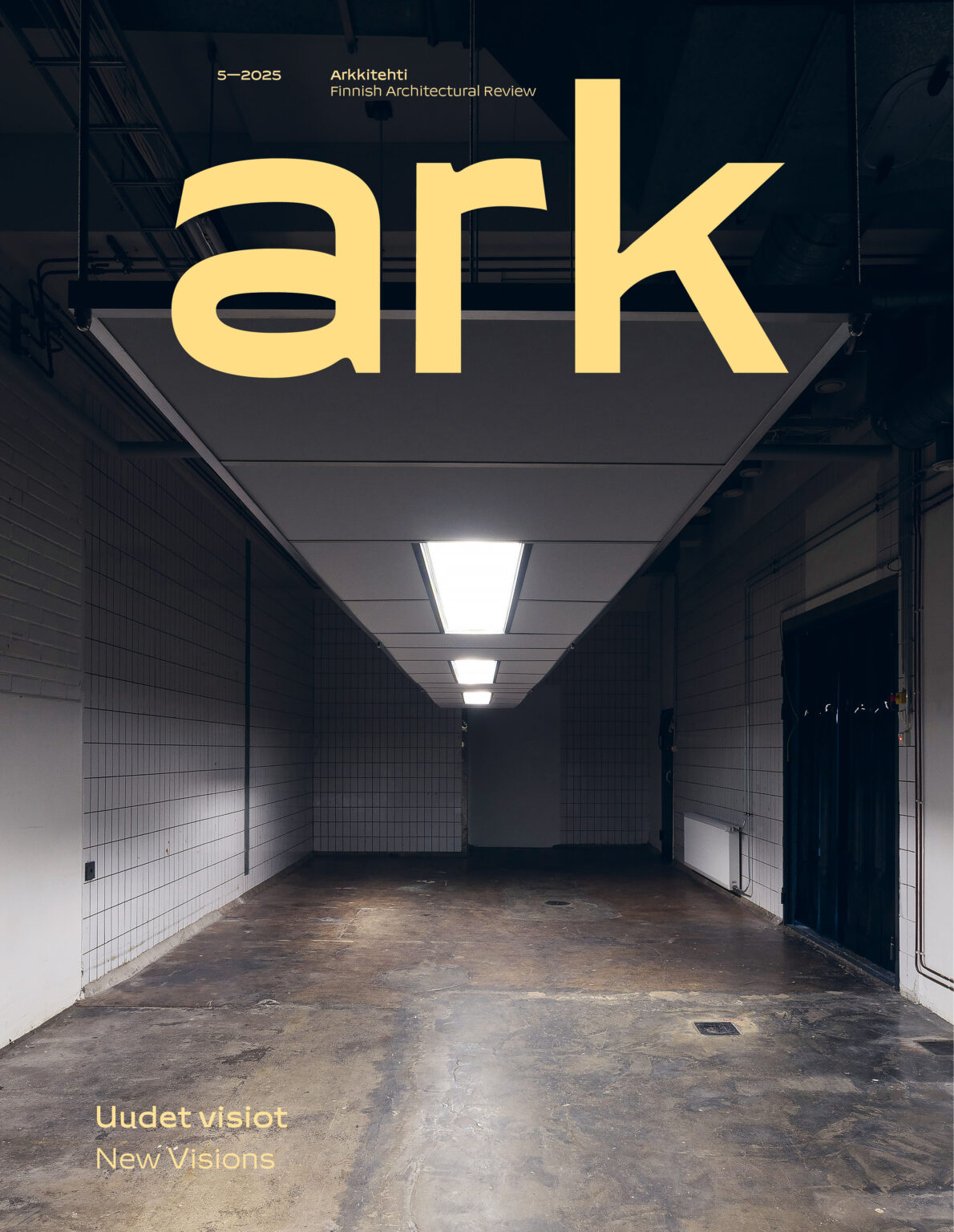
5 – 2025
New Visions
What kind of visions do young architects currently follow? What does considering sustainability require from architectural aesthetics and education?

What kind of visions do young architects currently follow? What does considering sustainability require from architectural aesthetics and education?